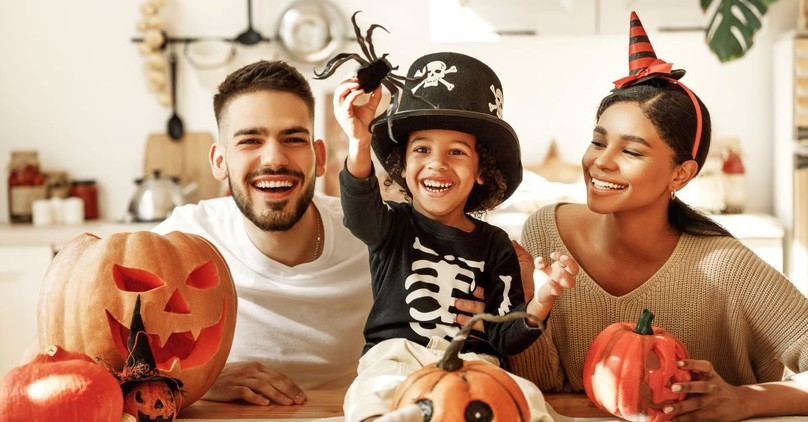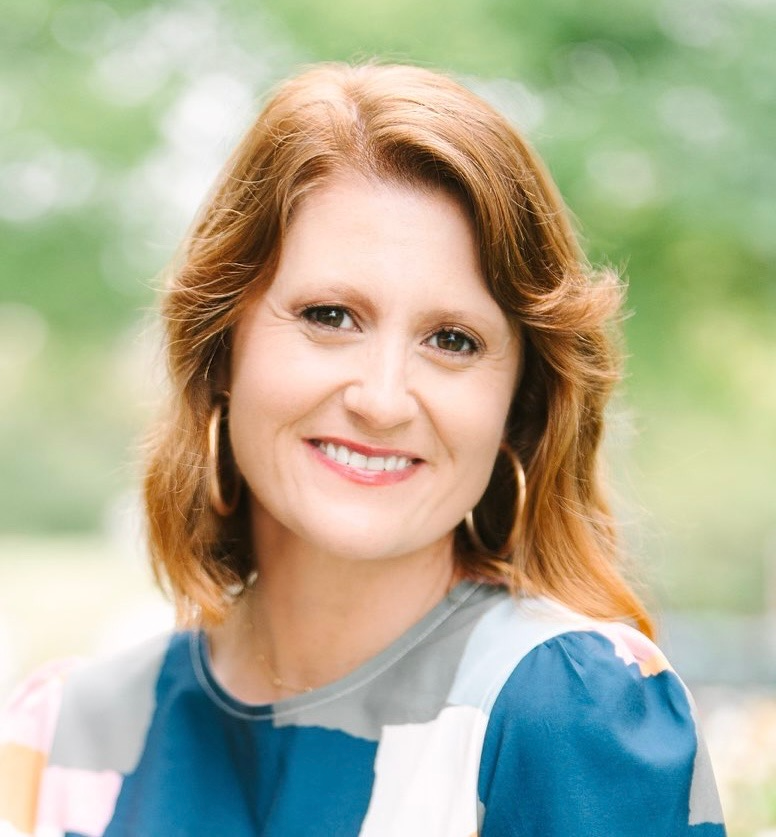
One of the world's oldest holidays, Halloween, is celebrated worldwide on October 31st. In the United States alone, Americans spend close to 3.2 million dollars on decorating for Halloween, with the average person spending over $100 on candy and costumes.
For many, especially children, Halloween is an excuse to wear a costume all day (and late into the night), try crazy make-up techniques, and eat copious amounts of candy. For others, Halloween is a time for carving pumpkins, hayrides, and a trip to a haunted house.
As the years have passed, Halloween, for most, has become a time of innocent celebration, with little regard to its original conception. But, if this is the year you want to brush up on your Halloween knowledge or impress others with some fun All Hallow's Eve facts, read on!
The History of Halloween
Halloween dates back almost 2,000 years ago to the Celts (in the area around Ireland), who celebrated the turning of the seasons from summer to winter with a festival, Samhain. The transition from summer to winter, from days filled with lots of light to shorter, darker days, symbolizes transitioning from life to death.
The festival of Samhain was the celebration of the New Year and meant "summer's end." As the harvest season ended, the Celts believed that the dead could come back and walk among the living during this time. Because of this belief, during the festival of Samhain, the people would light bonfires and wear costumes as they welcomed departed loved ones. Many also believed those who died within the past year were transitioning and could communicate with the living. However, they also felt that the spirit of someone you wronged could come back seeking revenge, so wearing disguises (masks) was a common practice.
We don't have many details about the festival, but luckily the Irish monks passed down a few historical notes. The Celts believed any damage or "signs" left in the crops or other areas during the festival were warnings of the things to come in the upcoming winter months. The Ancient Celt priests would make predictions based on these signs, which comforted people in the unknown winter season. The ancient Celts would stock up on supplies for winter, sacrifice animal parts to the ancient gods, and have large gatherings filled with varieties of food and drink.
Around 43 AD, the Romans conquered most Celtic land and introduced their own festivals and rituals. Feralia was a festival honoring the dead. The Day of Pomona honored the goddess of fruit and trees. Because of Roman influence, we celebrate Halloween in late October and bob apples to pay homage to Pomona, which means "apple."
All Saints Day or All Hallows Eve
With the influence and spread of Christianity, many pagan rituals and ceremonies were abandoned. On May 13, 609 AD, Pope Boniface IV dedicated the Pantheon to all Christian Martyrs in Rome. Later, Pope Gregory III would move the date to November 1, including all Christian martyrs and saints, and rename the day "All Saints Day."
Around the 9th century, Christianity landed in Ireland, overshadowing ancient customs and rituals. Instead of calling on the deceased's name, people held vigils, fasted, and prayed to the Lord. The church announced that November 2 would become "All Souls Day," a day that honors the dead but is now church-sanctioned.
However, people still lit bonfires and celebrated the turning of the seasons. "Souling," where the poor people in a town would knock on the doors asking for "soul-cake" in exchange for prayers, was widely encouraged. The idea of purgatory was rampant, where a soul stays unless people pray and give money to the church (hoping to send them to heaven). They secured their salvation by participating in souling—many credit this exchange as the source of modern-day trick or treating.
Halloween Comes to America
With the abundance of merging cultures and the Native American influence on the original settlers, Halloween was first celebrated more as a harvest festival. Colonials would celebrate by telling ghost stories, reading each other's fortunes, and hosting town-wide festivals. The southern colonies were likelier to participate in Halloween festivities as the north was home to many puritans and protestants who strictly opposed the holiday.
Between 1845-1855, more than 1 million Irish came to America during the Irish Potato Famine. The Irish brought along their catholic traditions of celebrating All Hallow's Eve, All Saint's Day, and All Soul's Day, along with the continued practice of "souling."
The Irish circulated a folktale introducing "Stingy Jack," a drunkard who convinced the devil to kick him out of hell. But, because of his sinful life, he couldn't enter heaven. Regulated to roam the earth, he hollowed out a turnip and placed an ember from hell in the middle to provide light. It wasn't long before the Irish abandoned the turnip, replacing it with a pumpkin because it was easier to carve. The Irish would do the same on Halloween Night when they would go souling, believing the lanterns would protect them from evil spirits. We now introduce modern Halloween, traveling from house to house, asking for treats with jack-o-lanterns.
Halloween has long been associated with mischievous activity, so much so that one woman in 1912 decided to overhaul the holiday. Elizabeth Krebs' garden on the night of Halloween was vandalized year after year, so she decided to do something about it! In 1914 she hosted a town-wide party with a band, costume contests, and a parade. She hoped that the young people would be so exhausted after the festivities they wouldn't have a desire to vandalize. And guess what? Her plan worked! News traveled quickly, and other towns took on similar traditions. Krebs is cited by many as the "mother of Halloween."
Halloween in Modern America
Around the turn of the 20th century, a country-wide initiative transformed Halloween into a more "family-friendly" holiday. At the time, the holiday focused more on ghosts, tricks, and pranks, heavily emphasizing witchcraft. Communities around the country began celebrating Halloween with parties that included friends and family, focusing more on fellowship and fun. Newspapers and political leaders pushed people to remove anything frightening or promote the afterlife, gradually causing most of the historical significance to fade away for future generations.
It's unclear exactly how the tradition of trick-or-treating, asking your neighbors and sometimes strangers for candy, became common in the United States. The practice, which started in the early 20th century, had a slight pause during the sugar rations of WWII but resumed in 1950 and has continued to carry on today.
Today, for the majority of people, Halloween isn't associated with paganism or unique traditions. Instead, it's a secular holiday that's fun for all ages. Typically, the weather is cooler, and people light bonfires and hang out with friends and family.
Churches began to host fall festivals to focus more on the changing seasons. Some churches even began to invite the community for supper and “trunk-or-treating,” where you go from car to car, filling your bag with candy. Halloween parties, trick-or-treating, and dressing up like your favorite character are still very much a part of the holiday. However you choose to celebrate this year, I hope you better understand the holiday and seek the Lord's wisdom on how to honor him this season. Happy Halloween!
Photo Credit: ©GettyImages/evgenyatamanenko

She lives in Upstate South Carolina with her husband and three young girls, where she serves as director of women's ministries at her church. Her passion is teaching the Bible to women, equipping them to live with an eternal perspective. Invite Laura to speak at your next event or learn more: www.LauraRBailey.com








